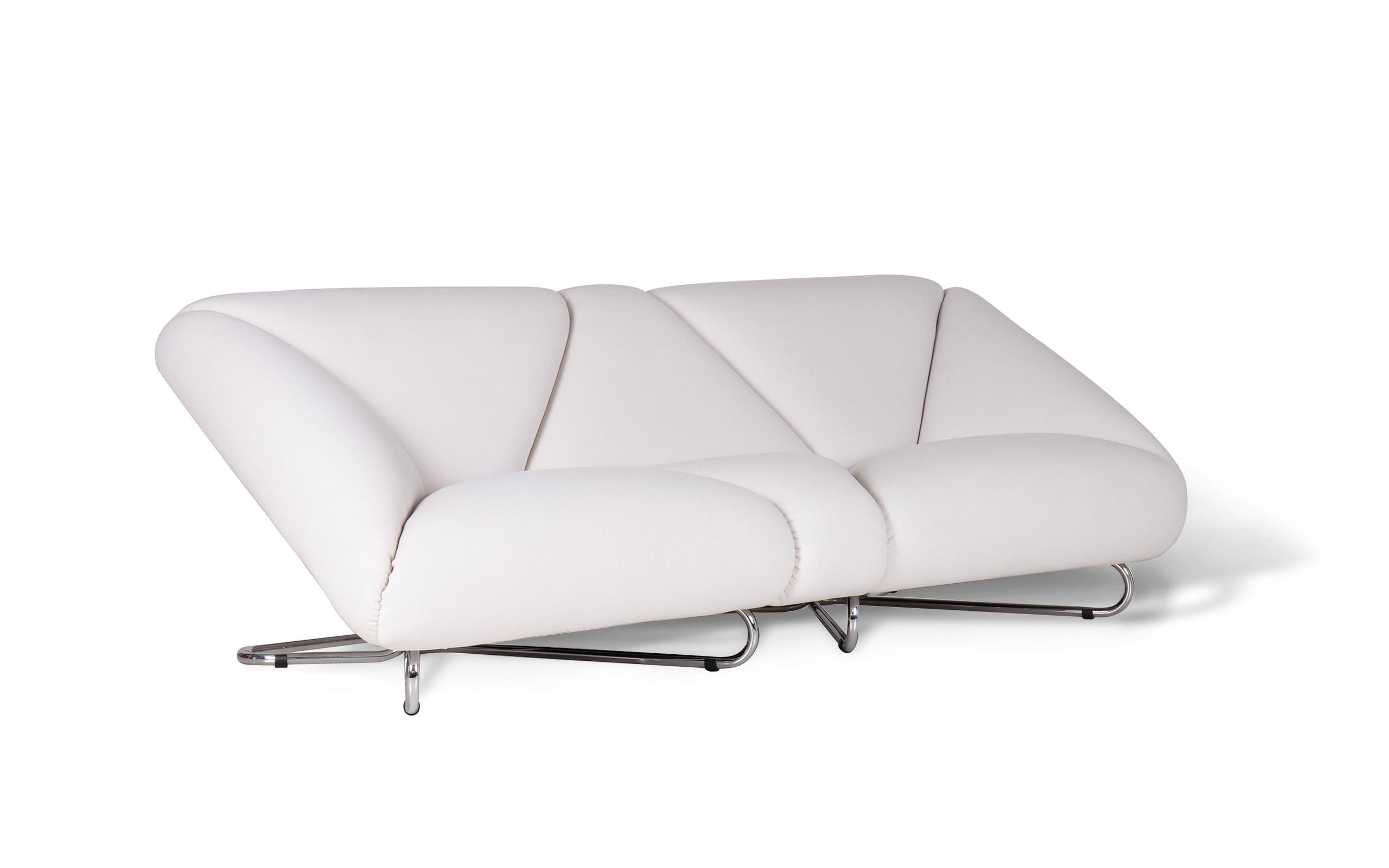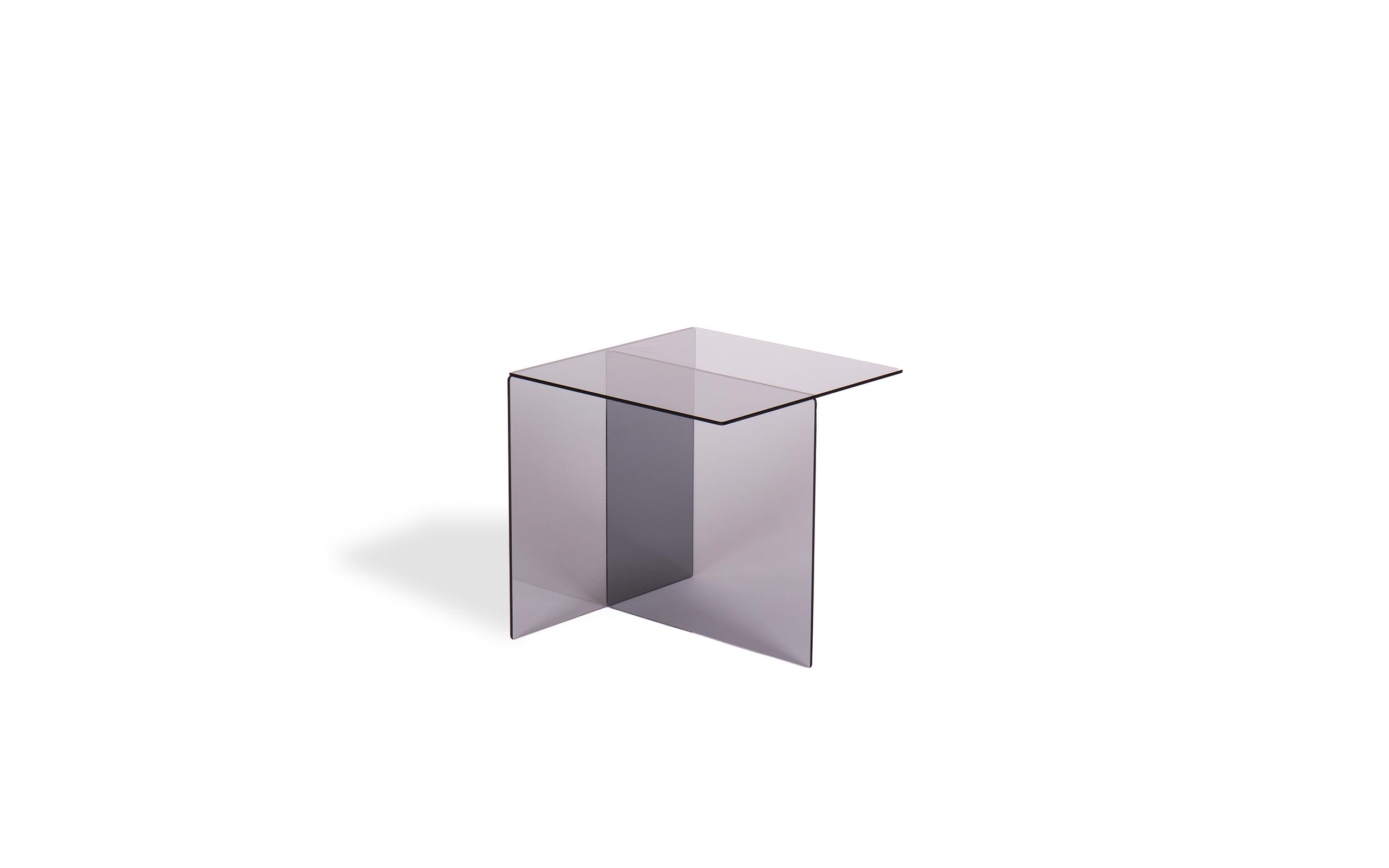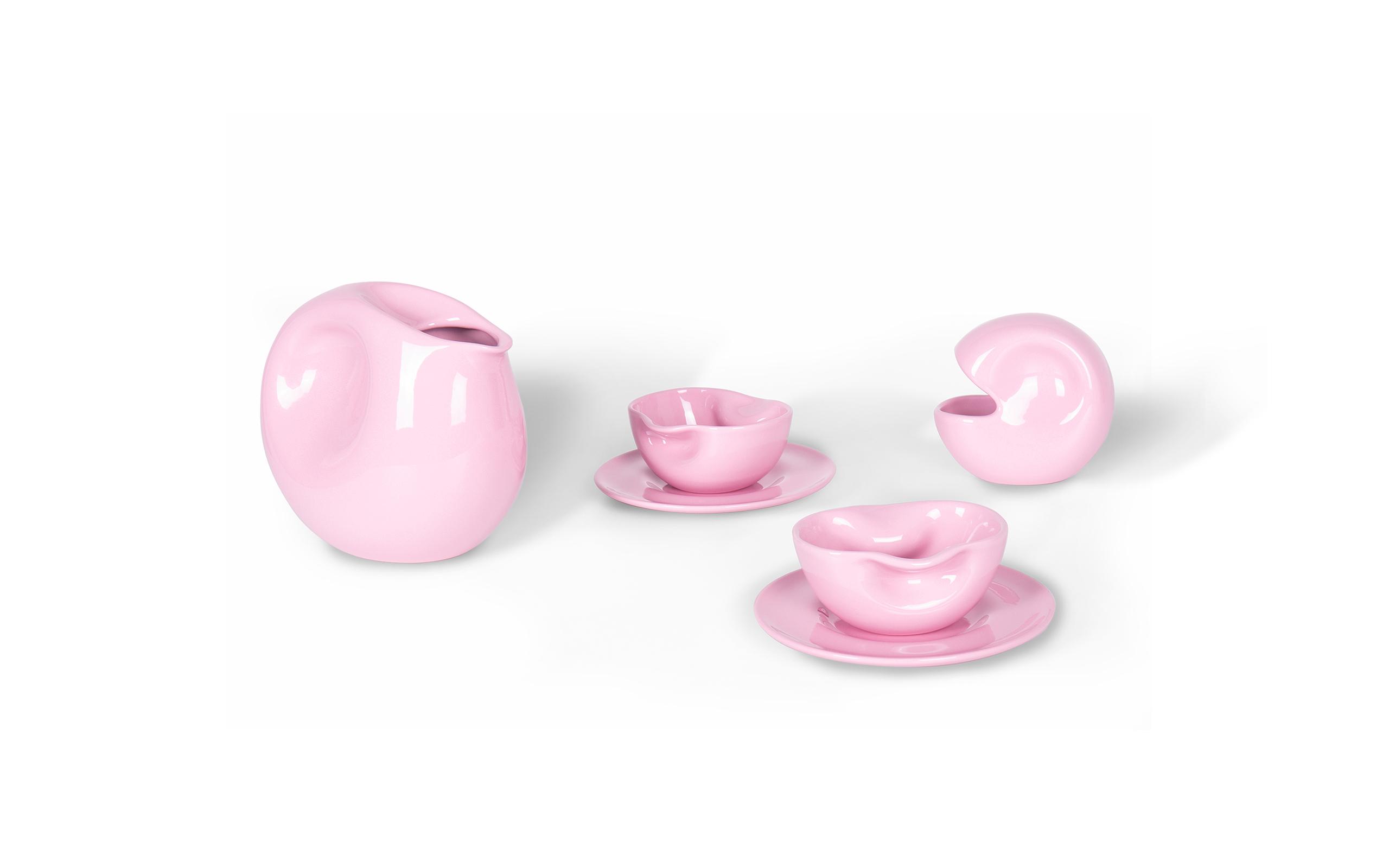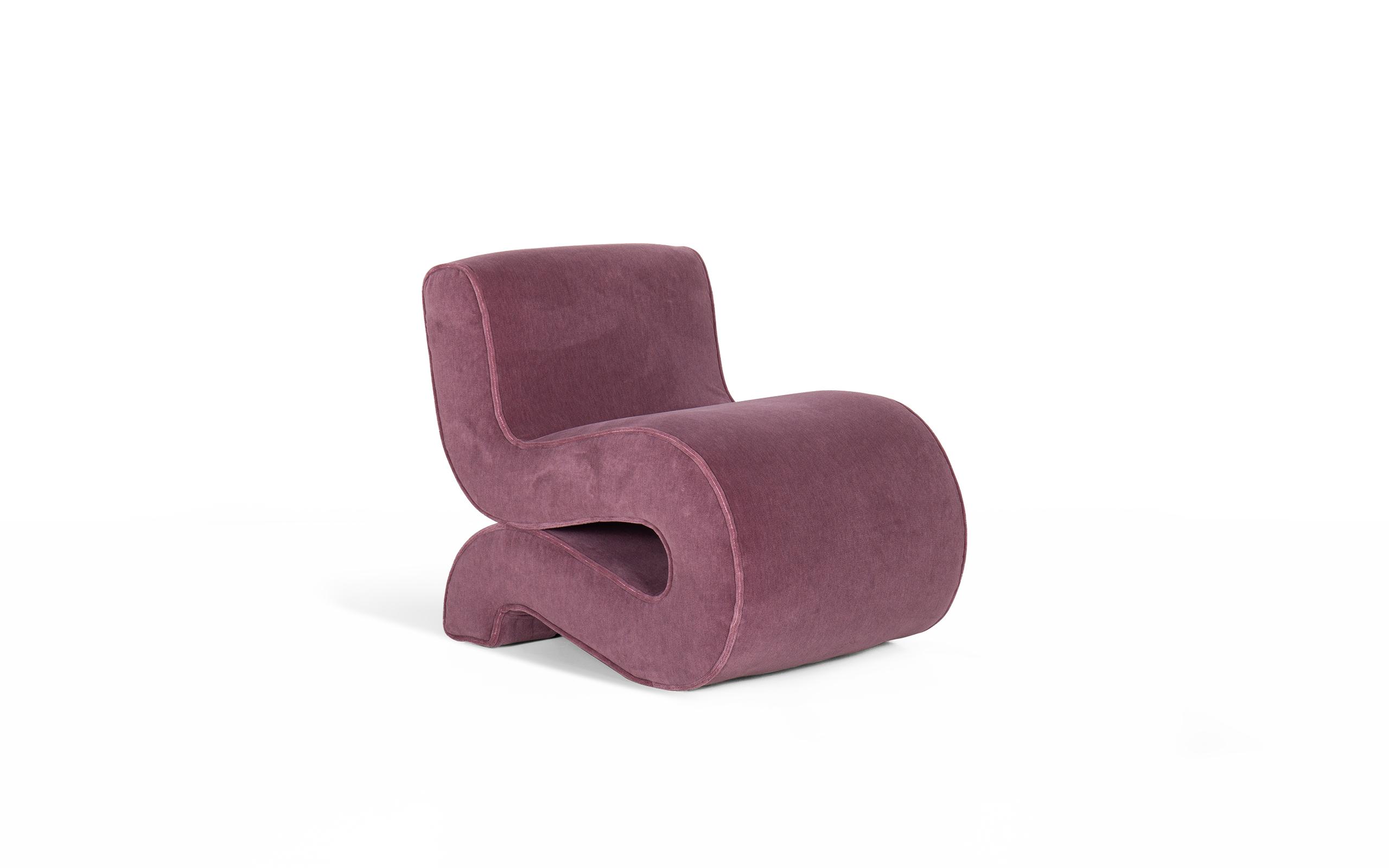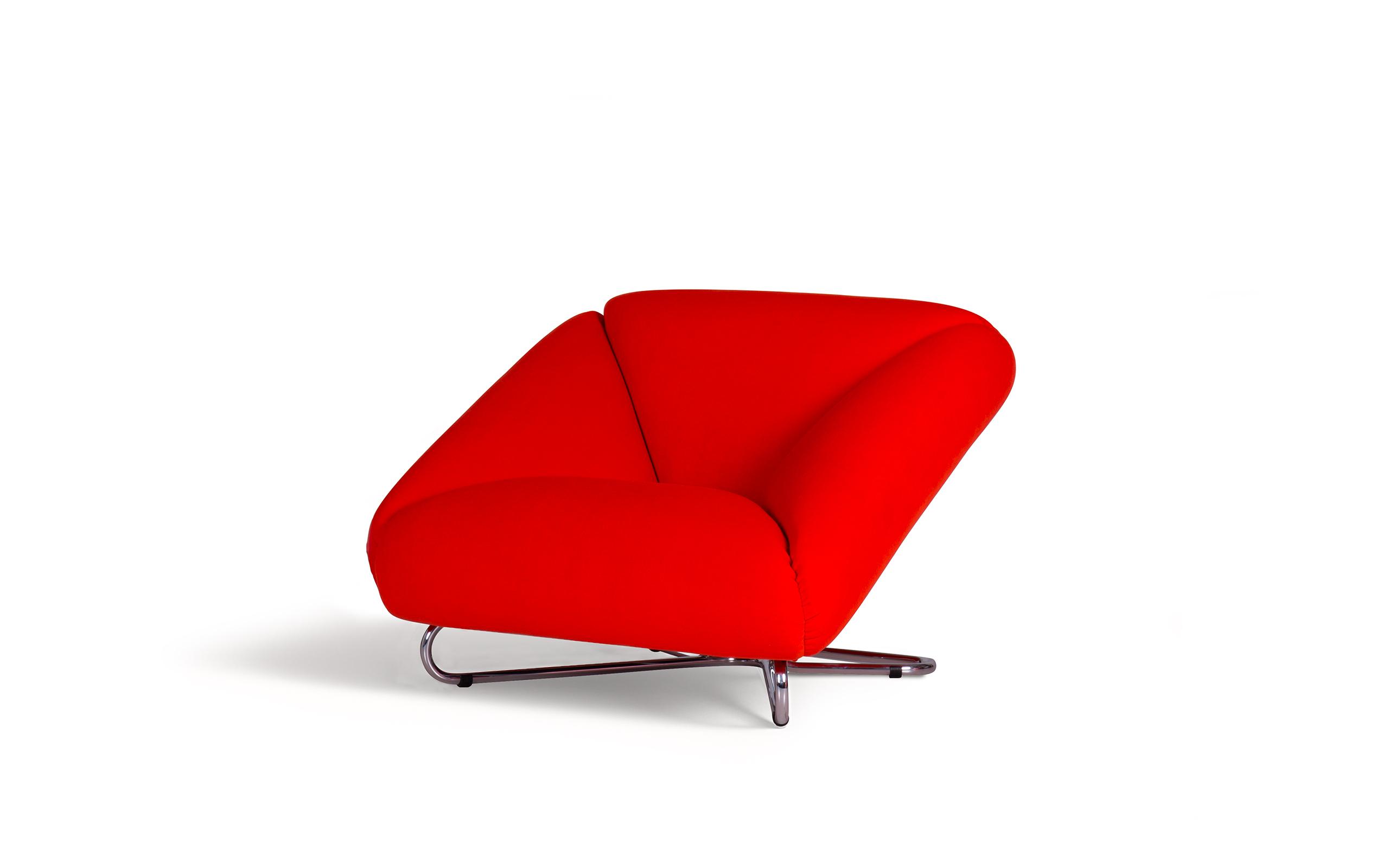
Augusto Betti
Italian artist and designer whose extraordinary research deserves a (re)discovery.
For Augusto Betti, creativity was a philosophical and spiritual journey, which led him to a very profound understanding of the mysteries of life and of the world.
Augusto Betti (1919-2013) became an orphan at the age of nine. The eldest of his siblings, he worked in the Focaccia and Melandri ceramic workshop. He could not pursue the art studies he loved but managed to attend evening classes at the local Municipal School of Drawing. In 1935 he enrolled in the mechanical construction course at the Aeronautical Institute in Forlì. During World War II, he was a mechanical engineer with Primo Stormo da Caccia in Udine, with missions in North Africa, Greece, Algeria. At the end of the war, he began to paint: his first painting was Il ritratto di Jole (1945), the portrait of his young wife.
In 1946 he held his first solo painting exhibition at the Gamberini gallery in Forlì. In 1947 he was admitted to the Academy of Fine Arts in Bologna, where his teachers were Giorgio Morandi and Giovanni Romagnoli. Here he deepened his fresco technique. At the same time, he worked in Decio Podio’s painting restoration workshop, where he acquired a remarkable sensitivity and mastery of color.
He participated in a series of figurative painting exhibitions. Despite his success, also commercial, in 1955 he opened a laundry-business with his wife to be free to devote himself to experimentation in the artistic field. He named his first abstract artworks “cassette (boxes)”, because they were made from square wooden boxes, about a meter wide and a dozen centimeters deep, closed by transparent material, in which he inserted elements that created changing plays of light and movement depending on the point of view. He also began to experiment with the countless possibilities of new synthetic materials. In the same years he created the “semisfere (half-spheres)”, made using the bottom of demijohns as a mold, which were hung and projected colored moving images on the walls.
His work met the interests of Silvio Ceccato, director of Centro di Cibernetica e di Attività Linguistiche of the University of Milan, with whom he collaborated for several years. He also collaborated for a very long period with Centro Pio Manzù in Rimini, contributing, among other things, to the organization of the Convegni Internazionali Artisti Critici e Studiosi d’Arte, at which he met the major artists and art critics of the time, several of whom became his friends.
In 1963 a solo exhibition was held at Palazzo del Turismo in Riccione as part of the events of the XII Convegno Internazionale Artisti Critici e Studiosi d’Arte. From 1965 to 1984 he taught Professional Drawing at the Art Institute of Faenza. Particularly interested in the processes by which creativity develops, which he believed to be inherent in every human being from childhood, he carried out in-depth personal studies in this field.
He then devoted himself to design, and with Habitat Sintoni of Faenza, he realized: the Noodle armchair, the Parete luce floor lamp, the Foemina and Austere table and chair, and the Glass coffee table (1967); the Flou sofa and armchair and the Oscillante armchair (1968), the Prisma sofa and armchair (1971), and the Ciclope chair (1972).
In 1967 he participated with Orgonoscopio at VI Biennale d’arte Repubblica di San Marino – Nuove tecniche d’Immagine, chaired by Giulio Carlo Argan, Palma Bucarelli, Umbro Apollonio, Gian Alberto dall’Acqua. In 1968 he participated in the group show Achromes in Milan alongside Agostino Bonalumi, Enrico Castellani, Gianni Colombo, Lucio Fontana, Piero Manzoni and others. From 1980 to 1986 he assumed the chair of Theory of Perception at the Istituto Industrie Artistiche in Faenza.
His hometown Faenza dedicated to him in 2001 the exhibition Forme della vita at Palazzo delle Esposizioni and in 2006 the exhibition at Galleria della Molinella. His solo exhibition Riflessi promoted by the Municipality of Palazzuolo sul Senio dates back to 2003.
Since 2022 Paradisoterrestre has embarked on a journey to rediscover and enhance the work of Augusto Betti with the exhibitions Augusto Betti – Trasversale • Pulsazione • Ritmo at Paradisoterrestre gallery in Bologna and Augusto Betti. Artista e designer at Fondazione Sozzani in Milan; by including in its catalogue the re-editions of his design pieces such as Noodle armchair, the tea set designed in 1975, Prisma armchair and sofa, Glass coffee table and acquiring the complete archive from his heirs.
Related products
